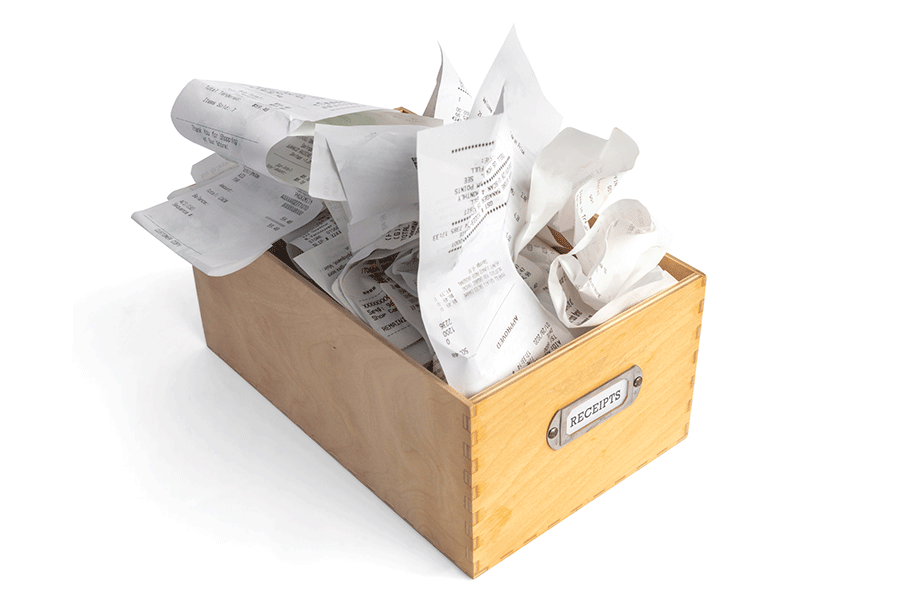Tips on record keeping, GST and more from a NAIT Accounting instructor
Are you a side hustler? You aren’t alone.
Taking on a second job to earn extra money – colloquially known as a “side hustle” – has rapidly become a fact of life for many. In 2021, a survey found that 31% of Canadians had taken steps to find a side hustle during the pandemic, and two-thirds of that group had no intention of stopping within the next year.
The benefits of side hustles include creative fulfilment, the ability to dictate your own schedule, and, of course, that extra cash in your pocket.
But when tax time rolls around, a lot of side hustlers will come face to face with the unexpected financial implications that come with their new source of income.
As part of Financial Literacy Month, techlifetoday reached out to Stacey Cooper, an Accounting instructor with NAIT’s JR Shaw School of Business for advice on what people with side hustles can do to manage their new tax realities, whether they’re selling pins on Etsy or whipping up seasonal cookies for a farmers’ market.
“The best thing you can do,” Cooper says, “is stay on top of things. Stay on top of your income. Stay on top of your expenses. Stay on top of your business.”
1. Keep your receipts

Cooper’s first piece of advice is also the most obvious one – and yet it’s something that a lot of side hustlers fail at, in part because they assume that a bank statement or credit card statement printed after the fact will get the job done.
Not so, Cooper says. Those types of statements will list the date and amount of the purchase. But they won’t tell you what you actually bought, or how much GST you paid on it.
Without that breakdown, the taxman (aka the Canada Revenue Agency) won’t accept it as a legitimate business expense. So grab that receipt at point of sale and keep it somewhere safe.
2. Capture everything

Which brings us to an important question: What even counts as a business expense?
The answer: more than you might think.
“The biggest risk that someone with a side hustle will have is that they haven’t captured all of the expenses they’ve incurred when tax season comes around,” says Cooper.
A home baker, for instance, will likely think to write off the flour and sugar in their cookies. But what about the kitchen space needed to prepare them, or the office they use to process orders and run social media?
These are called “business use of home” expenses and they are calculated based on the square footage of your home, as a percentage of both how much space is used for the business and how often. (In other words, you can’t write off your kitchen space because you’re not doing Christmas baking year-round.)
3. Technology is your friend

Not everyone is quick to embrace technology in their businesses, but there are programs and apps that can keep your side hustle’s expenses in line with a few simple keystrokes.
Online software like QuickBooks, Xero and Fresh Books is a simple and cost-effective way to look after your bookkeeping. Cooper is particularly fond of QuickBooks and its ability to sync with your bank account – but notes that you’ll need to link it to a separate business account to avoid confusion with your personal finances.
Apps can help, too. Dext allows you to upload photographs of receipts directly to QuickBooks, so you don’t need to keep physical copies. Other apps, like MileIQ, are geared towards finicky expenses like tracking the mileage in your car on business-related trips.
4. Register for GST

As an instructor who still practises as an accountant (speaking of side hustles), Cooper is always thrilled to see her clients find a successful secondary gig. But there’s one important number to keep in mind: $30,000.
That’s the amount of revenue after which side hustlers are required to register for federal GST. They must then start collecting that extra 5% from their customers, and remitting it to the CRA at tax time.
There are two key points to remember here. One is that the first year you hit $30,000 in revenue, you only owe GST on the dollars earned above that mark. And two is that those GST dollars are owed to the government even if you forget to charge it. So track your sales and get ready to flip the switch!
5. Check your tax bracket

Another for the department of “more money, more problems”: Depending on how much your side hustle brings in, you may find yourself bumped up to a higher tax bracket, and therefore have to pay a higher tax rate.
“Canada has a progressive income tax system,” Cooper explains. “The more income you make, the more tax you pay.”
That being said, not every dollar you earn is taxed the same. When it comes to federal taxes (provincial taxes are a different calculation), the lowest tax bracket covers all earnings up to $50,197. So if you earn exactly that amount at your 9-to-5, and an extra $7,000 at your side hustle, only that second number gets taxed at the higher rate.
As the year progresses, keep an eye on your overall income and make sure you’ve got enough put aside to cover the added tax bill – should there be one.
6. Find someone to talk to

Side hustling can be a solitary business. But Cooper reminds us, “No one succeeds by themselves. We all have a team around us that help us get to where they want to be in life.” If you don’t currently have a financial expert on that team, it’s never a bad idea to seek one out.
Even a one-time appointment with an accountant can help you figure out answers to those questions that can nag a side hustler, whether it’s to do with taxes, investing, how to grow your business responsibly, or even how to calculate that pesky “business use of home” expense mentioned above.
Plus, Coopers adds, those accountant fees are one more – you guessed it – tax-deductible expense.
Banner image by miodrag ignjatovic/istockphoto.com